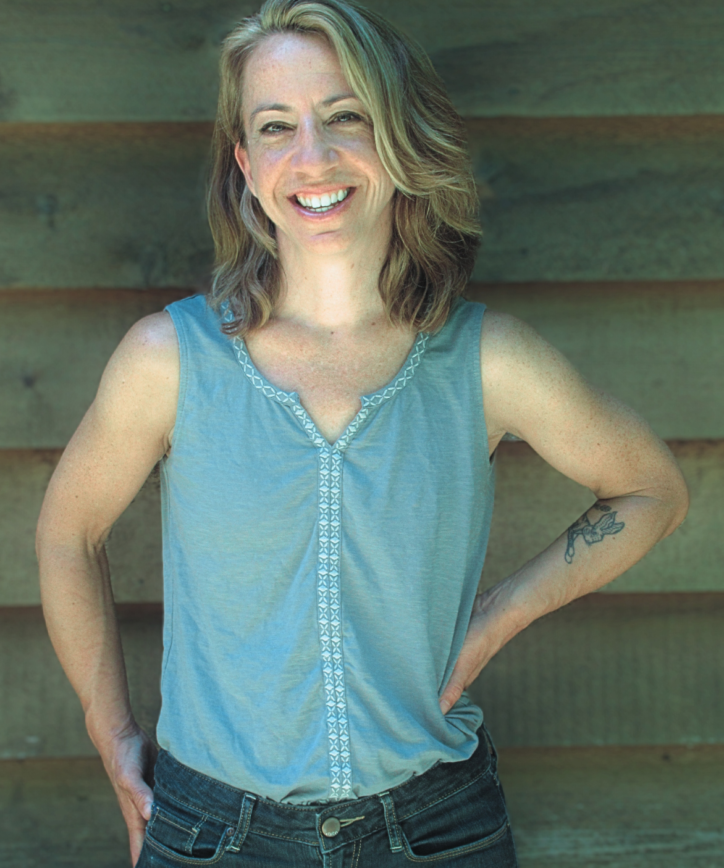In twenty years of submitting novels for publication, I’ve never received an email from an agent or editor saying, “I can’t take this manuscript, the setting wasn’t clear enough.”
Or “…the descriptions weren’t vivid enough.”
Or “…I wasn’t dazzled by your use of metaphor or simile.”
All of those elements are important, and I do often challenge myself to focus on those very aspects of craft. They elevate fiction that’s already working. They are things I underline when I’m reading. But they aren’t the make-or-break features of a novel.
I have, on the other hand, received rejections—and read dozens of additional rejections from clients, peers, and close friends—that said “I just didn’t love this character enough.”
(“I didn’t love the voice” comes in at second place, especially in the case of memoir. But today we are talking about character!)
Character.
Even for those of us who love a good plot, a surprising structure, innovative language, an accurately rendered setting, or a meaningful theme, character must come first.
Not in the brainstorming process, necessarily. You will hear many authors say they start with character, but you will also find some plotty writers who create a premise or invent a world and then have to find the engaging characters able to credibly populate (and complicate!) that premise and world.
Engaging characters are ones we want to spend time with. We want to get inside their heads and observe their lives, whether or not we like them.
The word “like” is a misleading term, actually. I resist it every time, and then I end up using it, because it’s a convenient shorthand. I like this, I love that…
It helps to agree what like is and isn’t. It doesn’t mean you would want to be that character’s friend, necessarily. You might not even let that character in your front door.
Briony Tallis from Ian McEwan’s Atonement. (Nosy, unreflective, annoyingly precocious.) Toby from Tana French’s The Witch Elm. (Self-pitying, covertly bullying.)
You probably have your own list. You should! Brainstorming characters we love for good reason (Scout in To Kill a Mockingbird) is sometimes less helpful than brainstorming characters we love but shouldn’t love, because that’s when we get past basic moral and social norms and into what makes a character interesting and memorable.
We should like people who behave decently, take turns, talk just enough but not too much, don’t murder, et cetera.
Instead, when it comes to how characters work on the page, we “like” people who:
- Have agency
- Desire something specific
- Have a flaw
Those three components make a character story-worthy. Because the character isn’t passive and actually wants something, she will make things happen. Because she has a flaw, life won’t go easily for her. Because she is not yet a complete, perfect person, we will hopefully get to see her transformation, and that interests us. We love to see people with wrong ideas and bad habits change—or adamantly resist change! —over the course of a novel or memoir.
Those are pre-conditions, but there are many other things to enjoy in a character, and the further down the list we go, the more readers vary in their particular tastes. I tend to favor prickly characters over sweet ones. I’d tolerate a swindler who is perceptive or funny over an average nice person who doesn’t notice the world around them. But that’s me.
Once taste has been dealt with, we get to look at craft. What matters isn’t just who a character is—their morals, actions, attitudes, habits, and so on. What matters is how we engage with that character on the page. How we see them. How we hear them. Most of all, how deeply we understand them. Now we are getting somewhere, and it has very little to do with “like” or “dislike”!
In my March 16 & 23 class, we’ll be talking about those craft issues as they relate to character, including POV access and voice. And we’ll be considering all types of characters, whose traits aren’t uniformly “likeable” or “unlikeable,” because characters—like real human beings—are more complicated than that, thank goodness.
We’ll also take a look at your pages, workshopping them in a positive, supportive environment, to see what first impressions your characters are making on others.
As I’ve learned again and again in my own writing—which frequently requires revision to tweak characterization—first impressions count. But we can reshape those impressions intentionally. Let’s have fun learning how to do that, together.
Andromeda Romano-Lax’s sixth novel, The Deepest Lake (Soho Crime, May 2024) received this Publishers Weekly review last week: “The suspenseful narrative is hardly short on surprises, but it’s the sharp characterizations that make this [thriller] stand out.” Andromeda will teach her two-week character class for 49 Writers in March. Visit her at www.romanolax.com.


Dear Andromeda Romano-Lax
This was such a helpful post! I am currently writing a fictional short story about a teenage girl trapping on the Yukon River by herself, and suddenly realized what was lacking. I was too focused on the plot, and my character Anne just is “too perfect” of a girl! I must give the heroine a few flaws. Thank you.